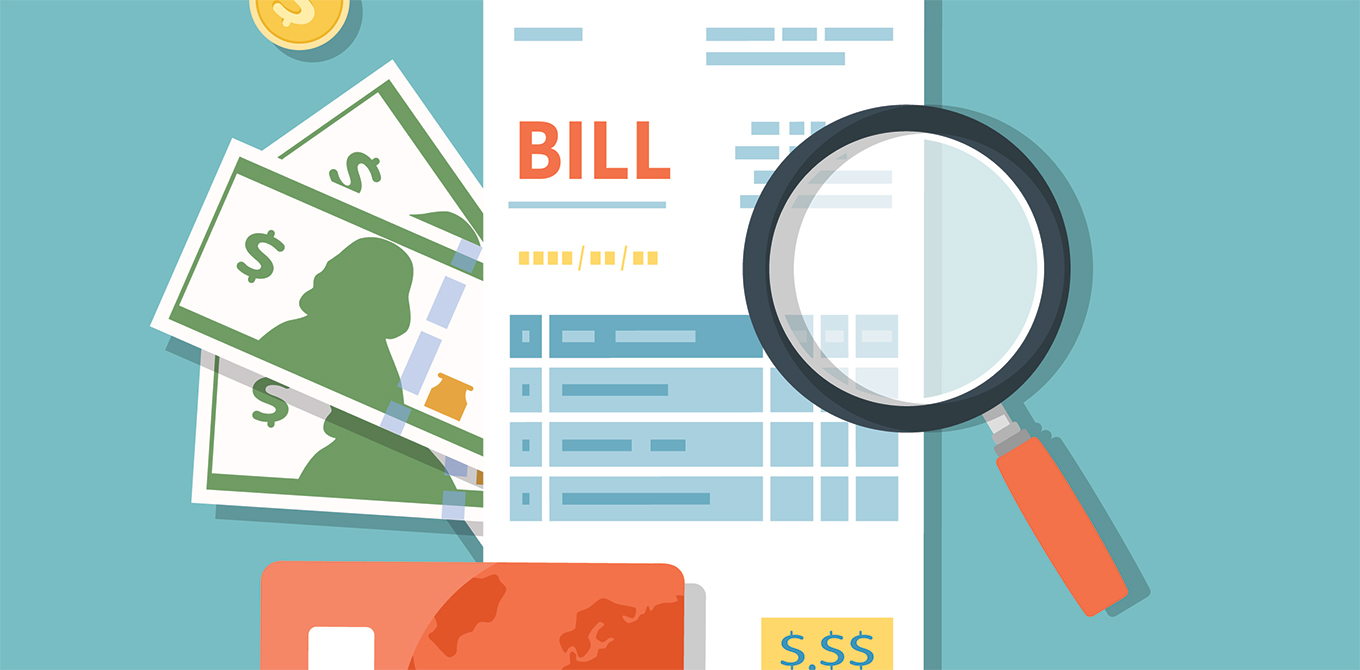3 easy steps to organize your finances
1. Pay yourself first
One simple, but effective way to build financial security is to make a commitment to regular savings. To ensure your money consistently makes it into your savings account, put it on autopilot. Set up an automatic transfer from your checking to savings account for the date that your paycheck hits. It's true what they say: out of sight, out of mind.
To grow your money even more, consider directing some of the money into an investment account for a better return. Saving just $50 a month for 30 years can add up to more than $61,000 (assuming a 7 percent investment return).1
2. Sweep away your debts
American households with credit card debt owe an average of $15,5642 and recent grads hold $37,0003 in student loan debt, on average. Employing autopay features will help ensure these bills are paid on time so you avoid penalties or fees (that can plunge you into even greater debt). Plus, paying your debts on time can help maintain a good credit history.
3. Unclutter your budget
Clean up your budget by using the power of automation. Use your bank’s bill payment feature or talk to your service provider about setting up auto-deduct and paperless billing so that nothing falls through the cracks. Take care to schedule payments for times of the month when you know you will have enough cash on hand, such as right after your paycheck hits. What’s more, you’ll free up some spare time.
At the end of the month, explore your spending to see which categories you were able to rein in and which ones could use some work. If you find that you consistently have money left over in your checking account, consider boosting your automatic savings in future months or paying extra toward debts to pay them down faster.
Organizing your finances can seem a bit overwhelming, but taking these three steps (or even any one of them) can have a big impact on your finances and open up new opportunities to grow your money.




